Originally posted by MonsieurM
View Post


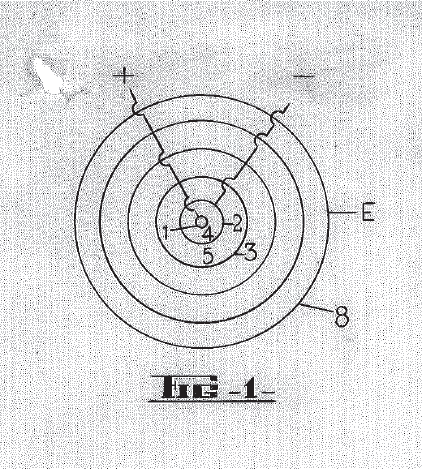


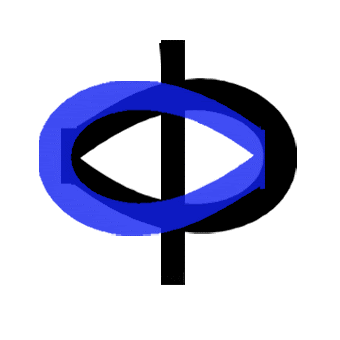
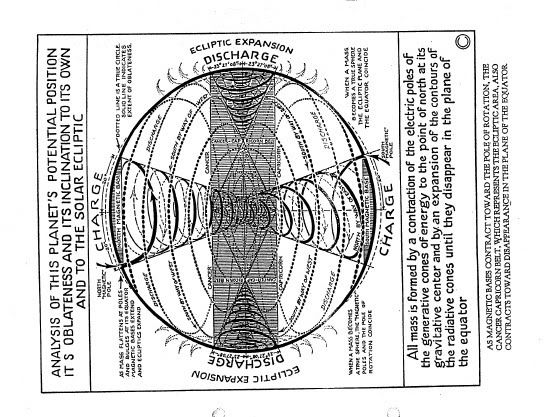




 )
) ) I have not seen antigravity effects when applying a standard spark gap discharge to the primary.
) I have not seen antigravity effects when applying a standard spark gap discharge to the primary.
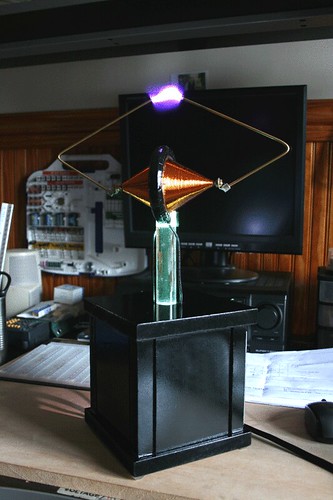









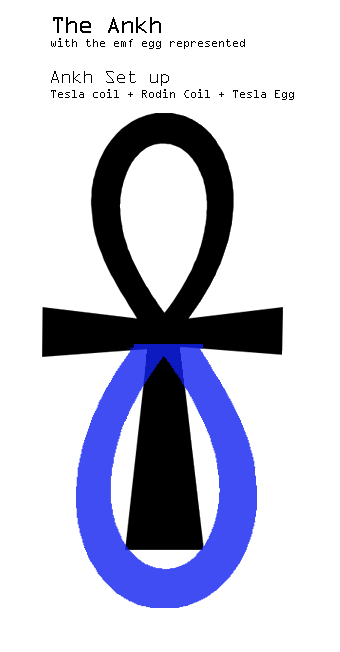




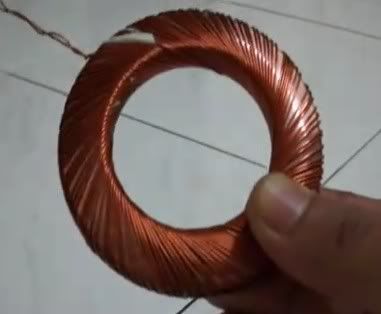













 )
)








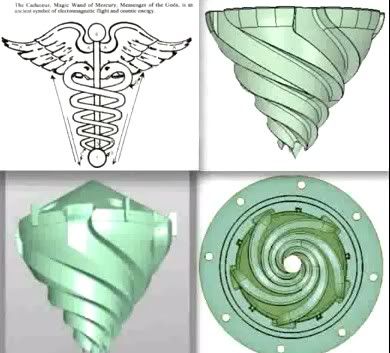


Comment